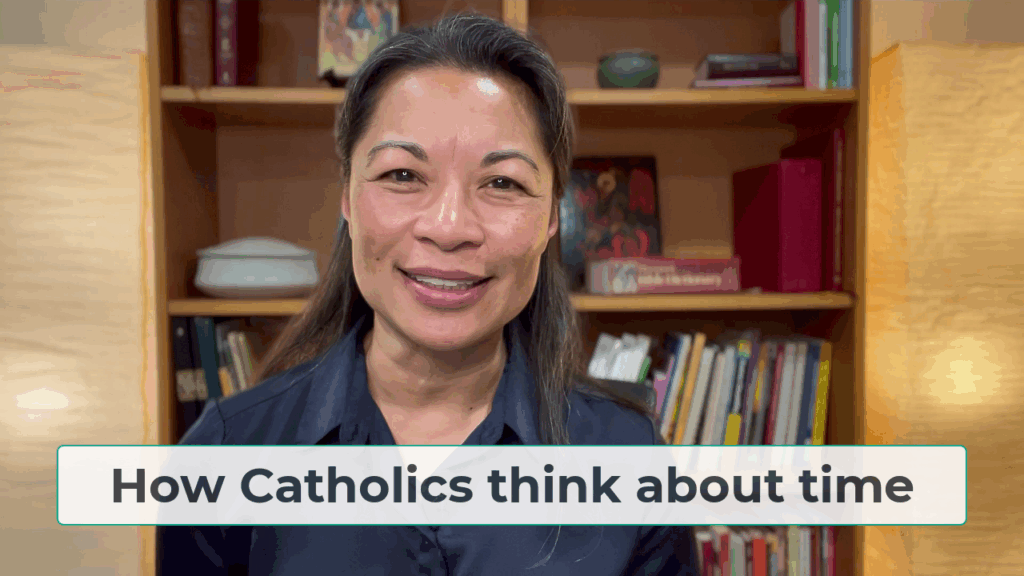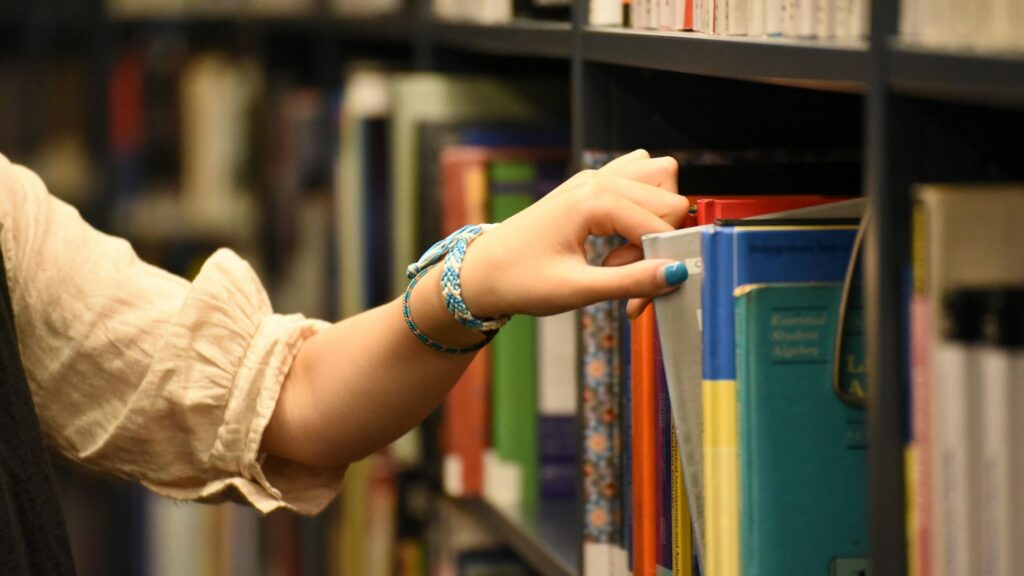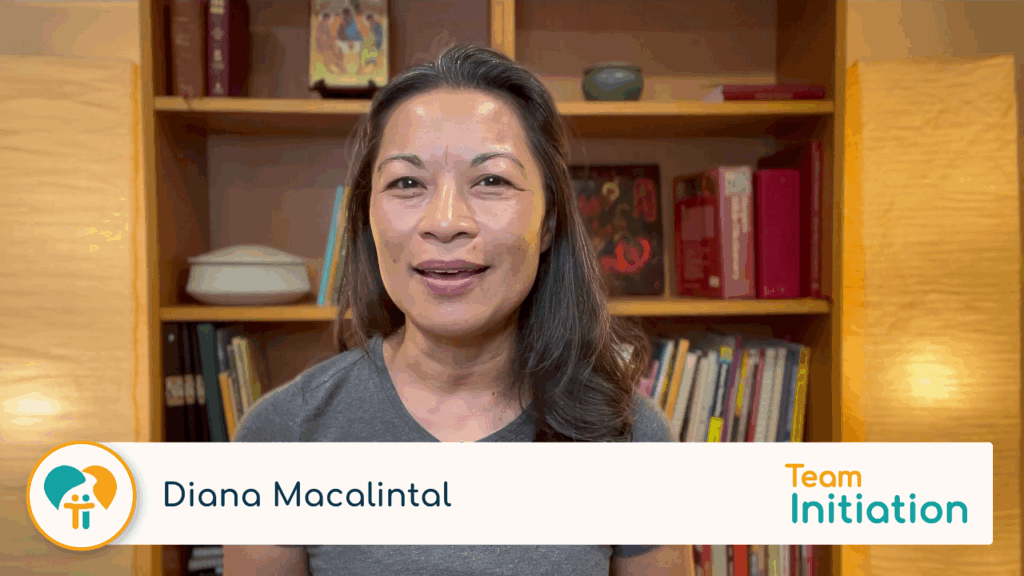Carter is the kind of disciple we dream of every inquirer turning into. During his catechumenate, he was always cheerful, inquisitive, and more and more filled with God’s Spirit. On the night of his baptism, he was absolutely glowing. For the last year, he has been referring to himself as a “baby Catholic.” But the depth of his spirituality is far more mature than that. Now that his “baby” year is over, he’s been excited about accompanying our newest Catholics who are still damp from the waters of baptism.
Carter is a terrific example of what we mean when we say to the newly baptized that the period of mystagogy is about deepening their encounter with the mystery of Christ. He is also an example of what Pope Francis taught about the effects of that kind of deep, transformative encounter with Christ. In Joy of the Gospel, the pope wrote:
The Church will have to initiate everyone—priests, religious, and laity—into this “art of accompaniment” which teaches us to remove our sandals before the sacred ground of the other” (169).
The period of mystagogy is, in part, about teaching neophytes this “art of accompaniment.” Carter has been practicing that art for more than a year now, and he is teaching the newest baby Catholics how to practice the art of accompaniment themselves. The neophytes, through their encounter with Christ in the Easter sacraments, have stepped onto sacred ground. And now they are called become accompanists to others, bringing the joy of the gospel into the world.
Mystagogy is the school of missionary discipleship
Throughout his papacy, Pope Francis insisted that every Christian is a missionary disciple. He said:
Every Christian is challenged, here and now, to be actively engaged in evangelization. (Joy of the Gospel, 120).
This means the period of mystagogy cannot simply be about “more learning”—another class, another lecture, another series of reflections. Instead, mystagogy is about formation for mission.
Pope Benedict XVI wrote:
Part of the mystagogical process is to demonstrate how the mysteries celebrated in the rite are linked to the missionary responsibility of the faithful. (Sacramentum Caritatis 64c)
Mystagogy is not the end of the catechumenate. It is the beginning of a lifelong mission.
Encounter leads to transformation
Pope Francis often said that the Christian life begins with an encounter—with a person, not a set of ideas. In Joy of the Gospel, he said:
I invite all Christians, everywhere, at this very moment, to a renewed personal encounter with Jesus Christ. (3)
The neophytes have had a life-changing encounter with Christ in their baptism, confirmation, and sharing in the Eucharist. But that encounter is not a “once-and-done” event. It is the beginning of a journey of ongoing transformation.
The Order of Christian Initiation of Adults describes mystagogy as the time when the neophytes should experience “a genuinely fuller and more fruitful understanding of the ‘mysteries’ [which] is acquired by the newness of the explanation and especially by the experience of the Sacraments they have received” (245).
In other words, mystagogy is the time when encounter is deepened, and transformation begins to take root.
Mystagogy is the time when encounter is deepened, and transformation begins to take root.
Transformation moves outward into the world
If encounter leads to transformation, transformation must lead to mission. Otherwise, we risk turning inward, treating faith as something just for ourselves instead of a public vocation to mission.
Pope Francis taught that we have to focus ourselves outward, not inward:
An evangelizing community gets involved by word and deed in people’s daily lives; it bridges distances, it is willing to abase itself if necessary, and it embraces human life, touching the suffering flesh of Christ in others. (Joy of the Gospel, 24)
This is what Carter and others like him have been striving for. He understood that mystagogy is not just about growing in personal holiness. It’s about being sent.
Through Carter and other members of our parish, the neophytes are now learning how to turn their faith outward and become people of service and mission—a mission that flows from their encounter with Christ. They are discerning where they are called to bring the light of the gospel—to their families, their workplaces, and their neighborhoods.
The Directory for Catechesis says:
[W]hat is instead fruitful is “an evangelical discernment. It is the approach of a missionary disciple,” which, with a spirit of faith and in an attitude of listening and dialogue, serenely appreciating that which is, patiently accompanies growth in the faith. (419)
Mystagogy is about helping the neophytes discover that their baptismal grace is not just for them—it is for the world.
Practical steps for catechumenate teams
What does this mean for us a catechumenate ministers?
First, we need to shift our mindset. The period of mystagogy is not a “wrap-up” or a “graduation” from the catechumenate process. It is the start of a new phase of missionary life for the neophytes.
Second, we need to get serious about seeing the eucharistic celebrations of the Easter Season as the primary training ground for baptismal mission:
Since the character and value of this period should arise from this new personal experience both of the Sacraments and of the community, the principal place for “Mystagogy” is the so-called “Masses for the neophytes” or Masses of the Sundays of Easter Time…. (OCIA 247)
Third, if we do have gatherings for the neophytes outside of the Sunday liturgy, the gatherings must be structured around the lived experience of the neophytes. Every session should connect back to the Sunday Eucharist. The neophytes need to reflect on how their participation in the liturgy is forming them to live as missionary disciples.
Finally, just as Carter is doing, we need to accompany, the neophytes as they take their first steps into active ministry and service. This might mean helping them find a place in a parish ministry, but it must also mean accompanying them as they live out their faith in their everyday lives.
Disciples like Carter renew my faith. Even though he is no longer a “baby Catholic,” he is still pretty new at living as a missionary disciple. And yet, I learn from him and am inspired by him to become better at my own vocation as a disciple. Ultimately, that’s what Pope Francis means by “accompaniment.” We walk together in faith, each of us supporting the other as we stive to bring good news to the world.
Can you help me out?
I’d love to know how this is landing. Can you share a word or a phrase about how this article resonates with you? Does it speak to your experience? Share your thoughts in the comments box below. Thanks for being part of the conversion!
Coming This June: A Journey of Accompaniment and Mission!
Team Initiation Members—don’t miss our upcoming exclusive four-part online speaker series:
Embodying the Heart of Synodality through the Catechumenate
Join us as we explore what it means to walk with seekers and parishioners in a spirit of accompaniment.
📅 Mark your calendars:
Four Wednesdays in June 2025
11:00am Pacific / 2:00pm Eastern
(June 4, 11, 18, and 25)
👉 This series is available only to Team Initiation Members.
Not a member yet? Click here to join today.



















I must acknowledge the support and resources that you provide to help us as animators and catechist on the accompaniment.
Having been tasked to lead the Evangelization team in the last 3 years – there is more awareness on key responsibilities that parishioners play in accompanying seekers. Sponsors, godparents and prayers.
Personally your website has been very helpful in enlightening parishioners, religious and even our local priests. So thank you
I guess we’ve also been encouraged with the spiritual conversations that was supported in the Archdiocese and seeing how it has enabled the final document on the Synod of Synodality to emerge.
Hi Joana. Thank you so much for your kind comments. It really fills my heart to know that we’ve been helpful to you in your ministry. Blessings.